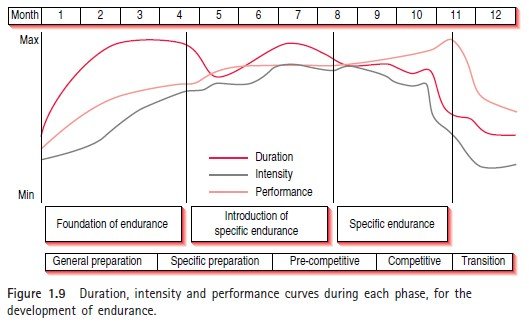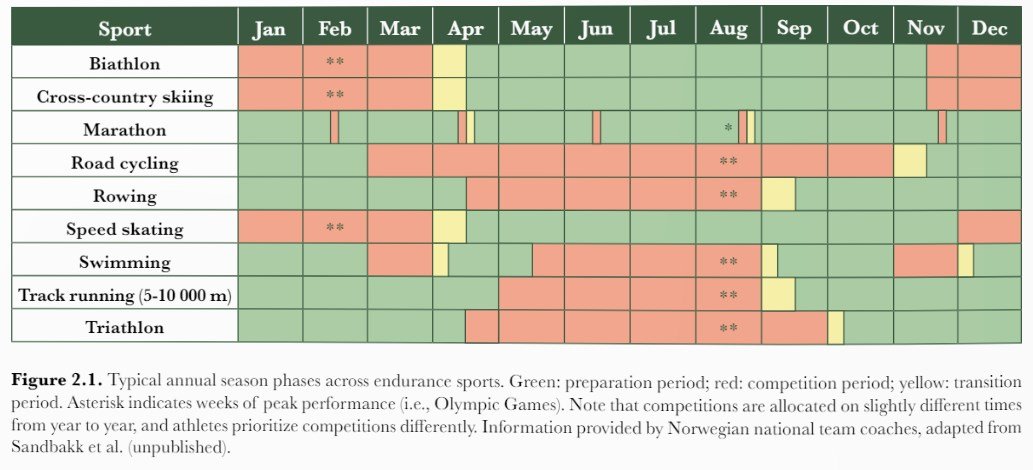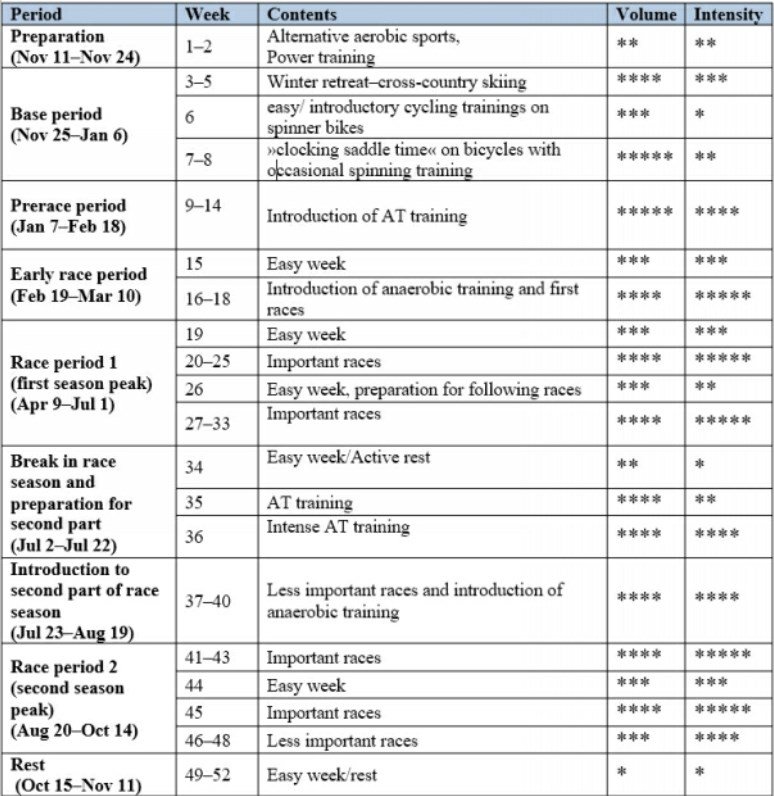THE IMPORTANCE OF AN ANNUAL TRAINING PLAN - COACH TOMS FLAKSIS
To start the year we asked SISU Racing Head Coach, Toms Flaksis, just how important is creating an Annual Training Plan (ATP) for athletes?
This question is complex so I will divide it into two parts.
Planning Your Cycling Year - Part 1
Best Practice, Learnings & Insights - Part 2
Planning Your Cycling Year - Part 1
Importance of planning depends on goals in cycling. Usual process looks like:
Setting a goal
Understand what training is needed to achieve this goal
Apply an appropriate training load
Allow for adaptation to occur
Importance of a year's plan depends on how specific a goal is. If its one goal race or time frame where the athlete needs to be in the best shape possible- annual plan is an important part of a process. By important I dont mean complex. Most of the time it's a simple calendar with marked out periods and what the goals should be. It helps to see a bigger picture of a training process and when an athlete knows the plan ahead it gives a meaning to every training session. And athletes should know why exact training is done now. If the goal is not so time specific or more general (for example- to get a KQOM for segment near home; improve health; ride faster;...) then the importance of an annual plan is lower.
Then I would look more from these 3 aspects:
What needs to be built
What needs to be maintained
What we can merge to achieve goal
Progress is something that doesn't happen overnight in cycling fitness. So it makes sense to have some plan for the future and how to improve it. In simple terms, to get better all what needed is:
Training stress
Rest
Bigger training stress
We can apply this rule in training from one week to the next week but also from one month to the next and from one year to the next. Without a planned annual cycling year, it makes more sense to look back and see what has been working and what not. Always sick after cycling holidays? Superb feeling on a bike always these 3 weeks in spring? Etc. Similar pattern will work. Till the moment it doesn’t. There always is a point where what was working before, will not work in the future. I always suggest changing a little training pattern for everyone who has done one type of training for a long time. That gives a new stress to the body. It has to cope with that. It does it well and now body is stronger.
Summary
Creating an Annual Training Plan (ATP) is essential if it helps you navigate your training year and aligns with your goals.
It's particularly important when you have specific races or timeframes.
For more general objectives or goals without strict time limits, focus on what needs to be built, maintained, and how to enjoy the process more.
Your training and annual planning should make sense to you and align with your personal objectives and circumstances.
Best Practice, Learnings & Insights - Part 2
Macrocycle is the blueprint, like a map that guides athletes to peak performance. The entire season is planned out so that each training phase contributes to a main goal. First step is to have a goal. This is a step by step how I would make a plan:
Goal
What you want to achieve, whether it's improving endurance, increasing FTP, or targeting specific races (road/gravel/Zwift…) or events.
Test Your Fitness
There are many options but test what matters to you. 20min FTP and race as a test are most commonly used. A good test that I use a lot is a Starva KQOM. For many athletes the goal is to ride faster, so the best way to test if the athlete is riding faster- is to test how fast you are and can go!
Set a target date. For example, each year you go on vacation to the same location and there is THAT one climb to attack and test fitness.
Macrocycle Planning
Divide the year into phases that align with the goal or target event. In cycling most common phases (periods) are:
Transition / Preparation / Base / Build / Peak / Race.
Annual Training Plan (ATP) uses these cycles. I would use this tool if Im really a competitive racer and putting everything all-in` for a good result.
Most of the time it's best not to do complex things. Simpler map-easier to follow and a smaller chance to get lost. For that can be used periodization planning on who is based most of the modern sports periodization. Model created by Tudor Bompa.
I divided it in 4 levels. Let`s start from the bottom to the top.
Microcycles - these everyone knows as 2-3 day blocks, weekly training blocks. So that would be the smallest period to plan out.
Macrocycles - these are known as Base/Build/Taper, etc. Bigger blocks lasting from a few weeks to months. Trainingpeaks ATP is at this level.
Subphases - Bigger periods, usually divided into months. For the most of the riders, this is the way to go. Not super detailed as details emerge during a process. For a map - this is a good way to make it. I will show in a few examples how it can be done.
General phases - for someone who is not targeting a specific event, this could be a good way to go. For example- winter months are the preparatory time, then the spring-summer competitive period. Autumn is a transition period with a break from regular training.
A simple way to plan the best performance using duration and intensity. This patter is used in most of the endurance sports.
Simple 3-phase annual planning. Green is the preparation period, red is the competition period and yellow is the transition period.
When we go deeper into the next level (green level on the Tudor Bompa model) we get more specific periods.
Up to 90% of professional cyclists make an annual plan similar to this. Some change preparational races with camp, some choose early racing instead of anaerobic training, etc; but in general - this is how the annual plan looks in a simple way for a rider.
What's next?
Then execution of this plan leads to PMC chart, where volume and intensity combined calculate the load for each day as TSS (Training Stress Score). So PMC Chart in Trainingpeaks is a reflection of the Annual Training Plan (ATP). After looking back it`s possible to make better planning for a future. We can make another post about that.
Summary
Choose a goal
Set training objectives (what needs to be done to achieve the goal)
Create an Annual Training Plan (ATP) (best if yellow or green level. Tudor Bompa table)
Execute training and test progress.
If progress is made - continue. If no progress- adapt the plan.
I hope this helps to navigate through planning better and gives some ideas on how to do it.
Let’s go racing!
Toms Flaksis
TF Coaching
SISU Racing Head Coach





